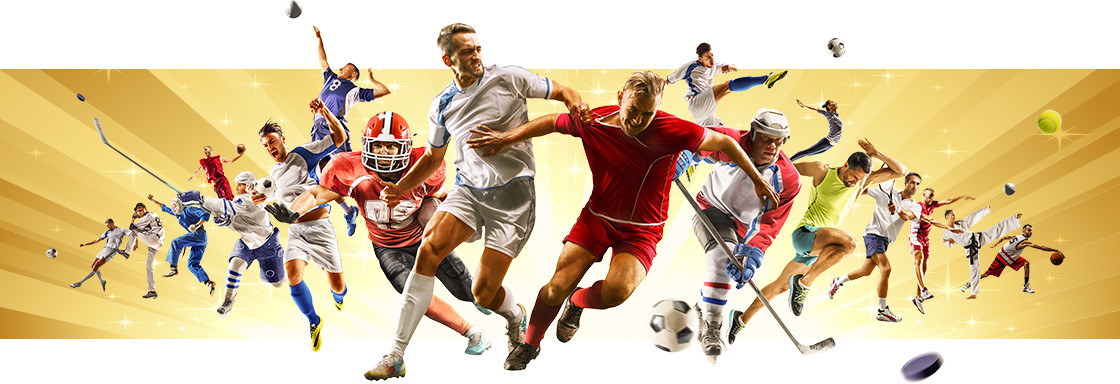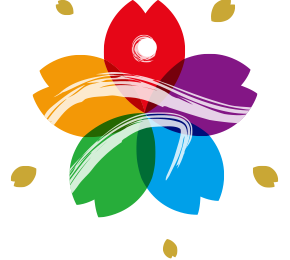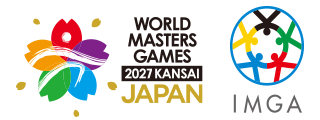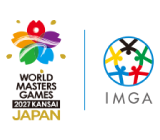What is the World Masters Games
Event Philosophy

We will create a career sports festival that will pass our dreams on to the next generation, sharing the region’s uniqueness and Japan's traditions and culture with world, in hopes of inspiring harmony among the challenges and diverse exchange between individuals.
- 1 Transmit Japanese sports culture to the world from Kansai, a historic and cultural center of Japan and region for career sports promotion.
- 2 Serve as a history-making tradition of career sports for future generations while exhibiting Kansai’s unique brand of omotenashi and staff resources.
- 3 Breed a change from watching and supporting sports to playing them through the integrated promotion of the 2019 Rugby World Cup and 2020 Tokyo Olympic and Paralympic Games.
- 4 Create a new regional hub by demonstrating the host region's independence.
- 5 Promote regional revitalization through sports tourism, the fusion of sport and sightseeing.
- 6 Drive further promotion of health and sports industries
- 7 With an eye on aging trends, contribute to a healthier mature society through sport.
Event Theme/Concept

We aim to have the commemorative 10th iteration of the competition thrive through the 5 Event Concepts below and the ideology proposed at the time it was founded:“Sport for Life.
5 Event Concepts and Official Emblem






History of the World Masters Games
The first World Masters Games were held in Toronto, Canada in 1985. In 2021, the Kansai Region will host the 10th commemorative edition of the international competition.

Toronto (Canada) 61 countries / 8,305 participants

Herning, Aalborg and Aarhus
(Denmark) 76 countries / 5,437 participants

Brisbane
(Australia) 71 countries / 23,659 participants

Portland
(USA) 101 countries / 11,000 participants

Melbourne
(Australia) 97 countries / 24,886 participants

Edmonton
(Canada) 89 countries / 21,600 participants

Sydney
(Australia) 95 countries / 28,676 participants

Torino
(Italy) 107 countries / 19,000 participants
Information regarding the Games
Photo Gallery

Auckland
(New Zealand) about 100 countries / 28,571 participants

Taipei and New Taipei city(Taiwan)

Kansai (Japan) about 50,000 participants (anticipated)


